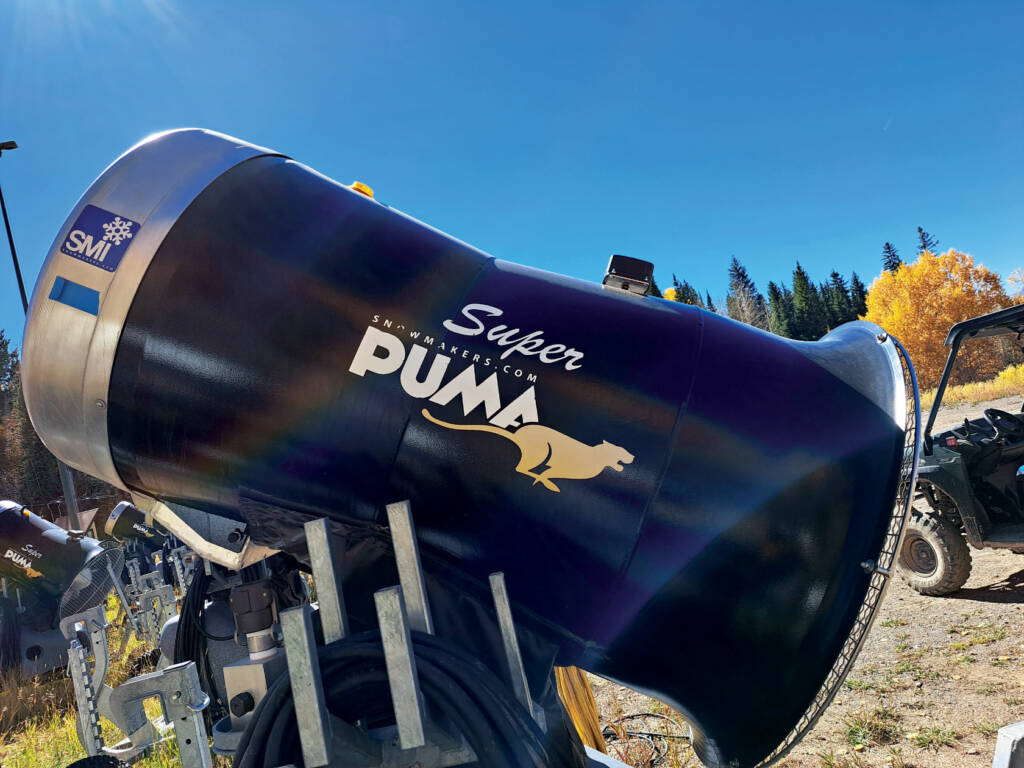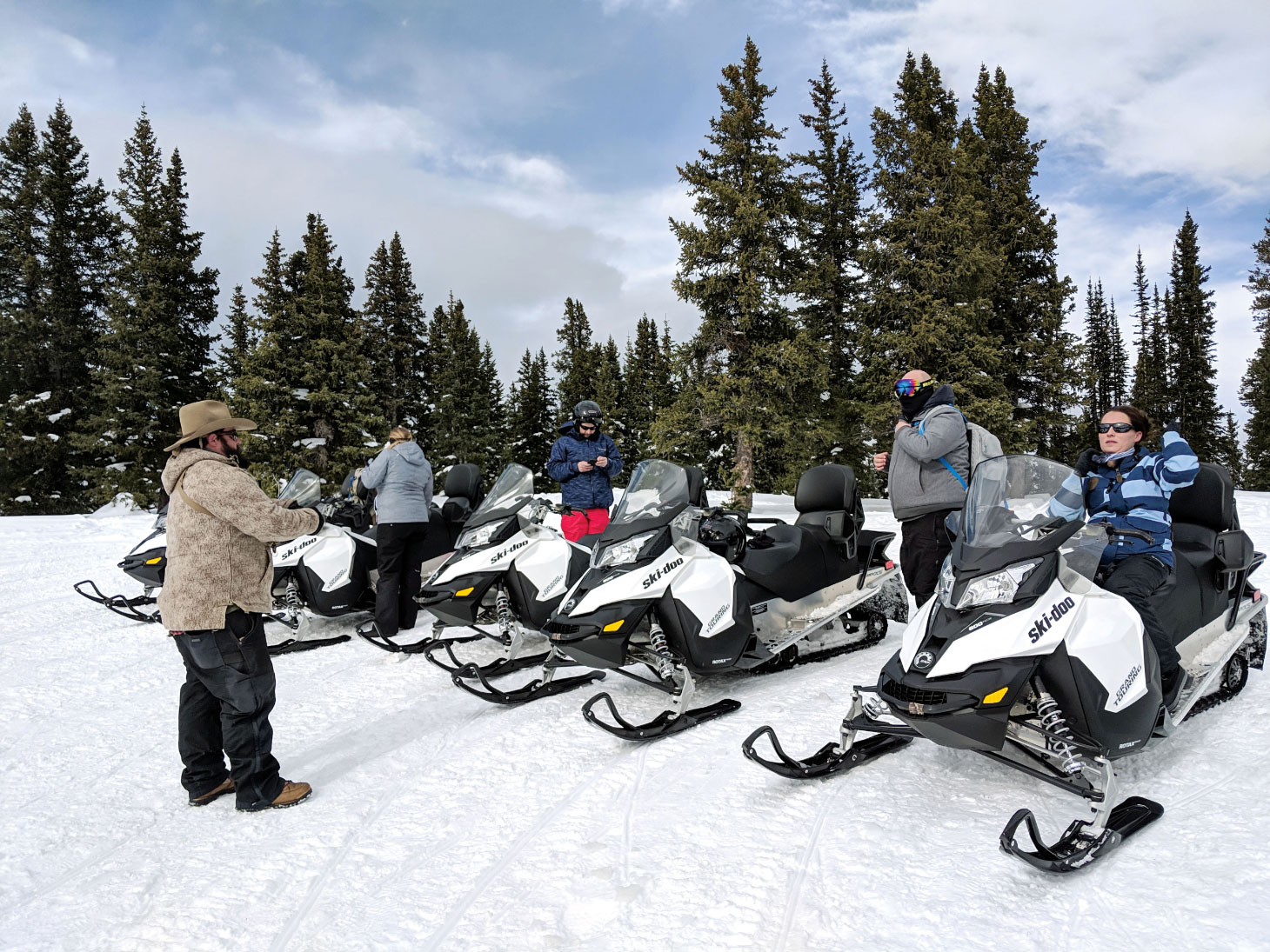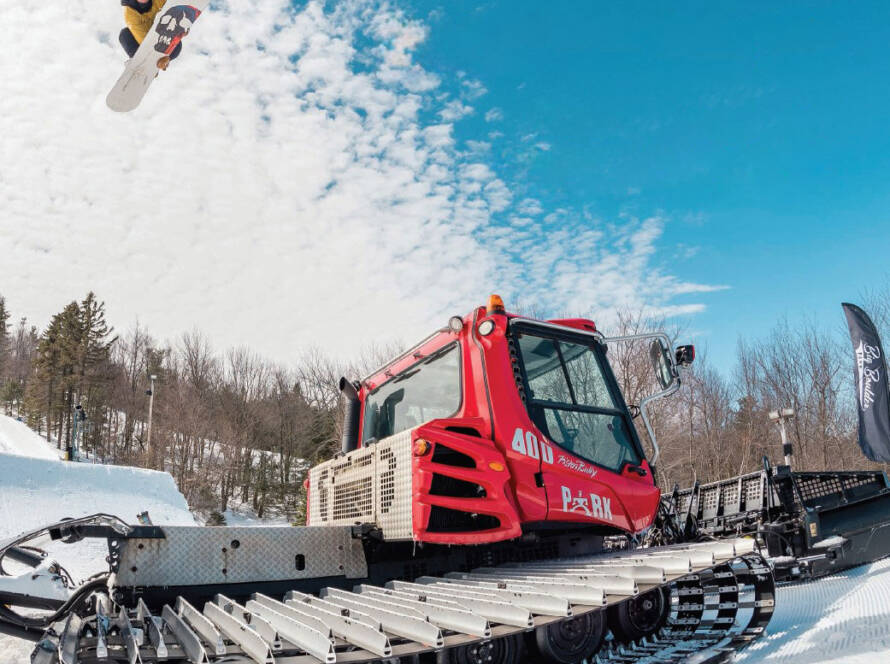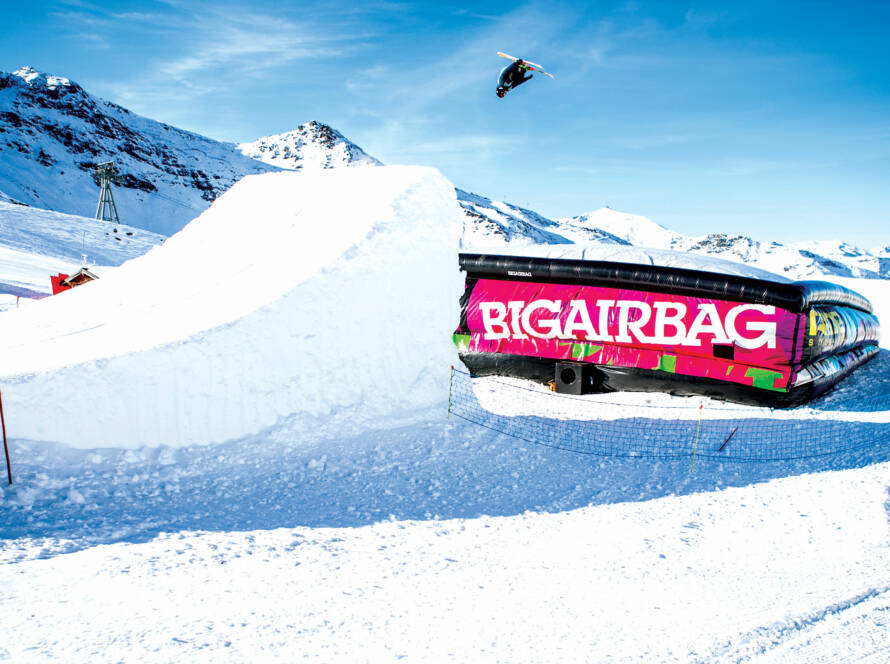Finding a needle in a haystack is a challenge that only a few would take on. However, it’s not all that different from locating a snowmobile on a mountain, something ski resort operators must be able to do. Until recently, keeping track of snow operations equipment meant documenting each move on a spreadsheet or a whiteboard. Missing a move could mean temporarily losing track of the equipment.
For small operations, this system works for the most part. However, larger resorts with lots of equipment, multiple users and an expansive area that includes remote locations, can particularly benefit from the use of a GPS system to track the movements of machinery across the facility.
LoneStar Tracking GPS Solution
Texas-based LoneStar Tracking provides GPS systems to track and locate people, wildlife and equipment for companies all around the world. Its work with the ski industry is relatively new.
Nonetheless, the company has extensive experience working in severe conditions, including extreme cold, through its service to the oil and gas industry in the Far North. In remote areas, its equipment has been exposed to the snow and dirt that are part of northern oil and gas operations.
Thomas Remmert, LoneStar’s co-founder and chief technology officer, says this experience enabled the company to easily transition to service the ski industry, with its operations in remote areas and freezing temperatures, and with limited cell networks.

“The dependability of LoneStar’s equipment has been put to the test in tough conditions,” he said.
Now LoneStar is working with ski resorts in the U.S. and Canada, providing tracking devices for both equipment and staff. Data from the devices supplies resort operators with a real-time view of their assets’ whereabouts, along with crash and rollover alerts, and other safety advantages.
GPS data delivered to a resort’s operations center integrates with the facility’s existing software, giving employees access to information with minimal training and without the anxiety that often accompanies the use of new software.
Most of the training required to use the GPS package relates to the installation of the devices: how and where to install them on equipment and on people to ensure they work as designed. LoneStar customizes solutions to meet the specific needs of each resort.
“This is not a one-size-fits-all technology,” said Remmert. “We meet first with clients to fully understand what they need, then create a package that takes into account the type of signal transmission available in the area and the services they want to access.”
Using GPS technology in the ski industry
LoneStar began its work with ski resorts by installing GPS equipment on snowmaking machines. Soon after, it began to use the technology on snow groomers and other large machinery, allowing resorts to track their most expensive assets in real time.
Looking to expand the utility of the program, LoneStar partnered with DAPage, which specializes in rapid-notification solutions using handheld two-way radios.
LoneStar began to apply electronic tags to dumpsters, waste bins, and other small equipment and supplies used in the operation of a ski resort, as well as to the people who work there. The e-tags are detectable using DAPage radios.
Given the sheer size of some ski facilities, this integrated technology solution enables efficiencies as employees seek the equipment – and co-workers – they require to complete their tasks. It also allows a resort to have full coverage of its mountain facility.
Data from e-tags is used in the same way as data from the GPS trackers. It is routed to a server, translated into usable information and sent to the user’s software in the operations center for almost-instant monitoring. The DAPage technology is seamlessly integrated into LoneStar’s;
the user will require no further training to garner information from the e-tag data.
According to Remmert, several resorts have reported that, with the high turnover of staff each new ski season, the system is especially helpful.
“New employees … don’t know the mountain that well. Having GPS on all of their equipment has saved valuable time, and the employees no longer need to go searching the mountain for the gear,” Remmert said.
“The dependability of LoneStar’s equipment has been put to the test in tough conditions.”
Thomas Remmert
In addition to informing operators of the location of assets and people, the technology plays key roles in safety and risk management.
Ski resorts experience snowstorms and whiteouts as a matter of course. The ability to navigate safely and confidently through such conditions is an immense benefit that the LoneStar technology provides.
Two machines, both protected by GPS technology, that approach each other during a whiteout will trigger alerts to help the drivers avoid collision. The technology creates a dynamic geofence around each piece of equipment that serves to wrap it in a safety bubble.
Also on the safety front, the LoneStar technology will immediately inform the operations center of equipment crashes or rollovers, including indicating the severity of the crash. This prepares resort employees to respond to accidents as soon as they happen and with the equipment and team required to deal appropriately with them. This is especially important if an employee or guest is injured and cannot communicate with the operations center.
Another important feature of the technology is its use in accident re-creation. The information that can be accessed for this purpose could support a resort in a legal situation where it has been sued even though it is not at fault. Being able to prove that argument could be hugely beneficial to the resort and a key tool in a risk management strategy.
The future of technology and LoneStar
“This technology is changing rapidly,” said Remmert. While it wouldn’t make existing equipment obsolete, one big change that Remmert foresees is GPS devices that can operate on any network available in an area.
“Right now, people have to decide. Do they want equipment that works over a cellular network, a radio network or by satellite? Equipment that is coming will be able to dynamically change between systems,” said Remmert, adding the equipment will be useful to resorts because of their remote locations and the varied systems that serve them. “This technology is at least two years out for commercial use.”
Companies, including SpaceX, are currently in the process of beta testing, and hardware manufacturers need to make equipment that can support this technology.
Another development Remmert sees coming is more use of sensors to push detailed information to operations centers. Such sensors, which are increasingly getting smaller and cheaper, could provide better data about weather conditions and monitor remote water pipelines, for example. Their use will reduce operations costs by helping crews detect issues before they become severe.
All in all, the special features of LoneStar’s GPS system make it a valuable tool for ski resort operators of any size.



